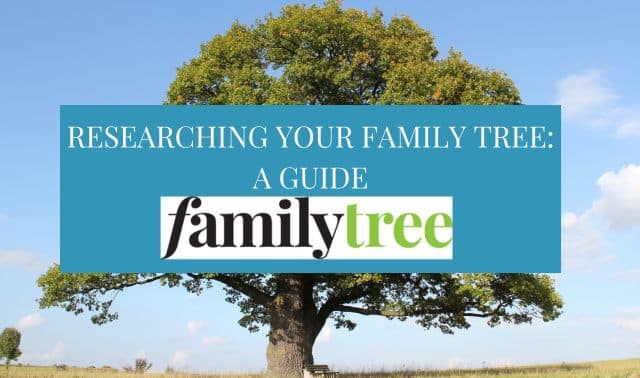Q. A recurring question keeps imposing itself in the middle of my family history research: How did they get from there to here? More specifically, what routes and what modes of transportation did my ancestors use to get from Pennsylvania to North Carolina in the mid-1700s and from North Carolina to Missouri in the mid-1800s?
A. Depending on where in Pennsylvania the travelers began their journey and where in North Carolina they settled, you may be able to narrow the choices for their migration routes. Travelers from Pennsylvania to North Carolina in the mid- to late 1700s usually followed traditional Indian paths that gradually had been widened enough to accommodate teams of oxen or horses pulling wagons. Many people walked or rode horseback along the wagon roads. Travelers could begin on the Great Valley Road at Hagerstown, Md., and go southwest through the Shenandoah Valley of Virginia, then turn south at present-day Roanoke, Va., and continue into central and western North Carolina. Others followed several roads from Richmond and Fredericksburg, Va., south into eastern North Carolina. A few may have gone by ship to Norfolk, Va., or Charleston, SC, and continued their trek overland into North Carolina, as this state had few harbors sufficient for oceangoing ships.
Ancestors going from North Carolina to Missouri in the mid-1800s could have traveled on the Tennessee River to the Ohio and Mississippi rivers to approach a number of destinations in Missouri. Others went overland by such routes as the Jonesboro Road from North Carolina to Knoxville and Nashville, Tenn. From there, they chose various roads to Missouri. By the 1850s, a number of relatively short railroads crisscrossed the landscape between North Carolina and Missouri, more of them running north and south than east and west.
Numerous historical atlases and histories of the westward movement in America depict the overland routes. Ancestors frequently traveled with relatives or fellow church members; thus, histories of ethnic or religious groups sometimes identify their migration routes. Histories and eyewitness accounts of travel in the ancestral time period often shed light on the details of such journeys. Online library catalogs can help identify specific titles. See <www.familytreemagazine.com/articles/june01/migrationl.html> for more advice on tracing your family’s migrations.
From the October 2003 issue of Family Tree Magazine.




